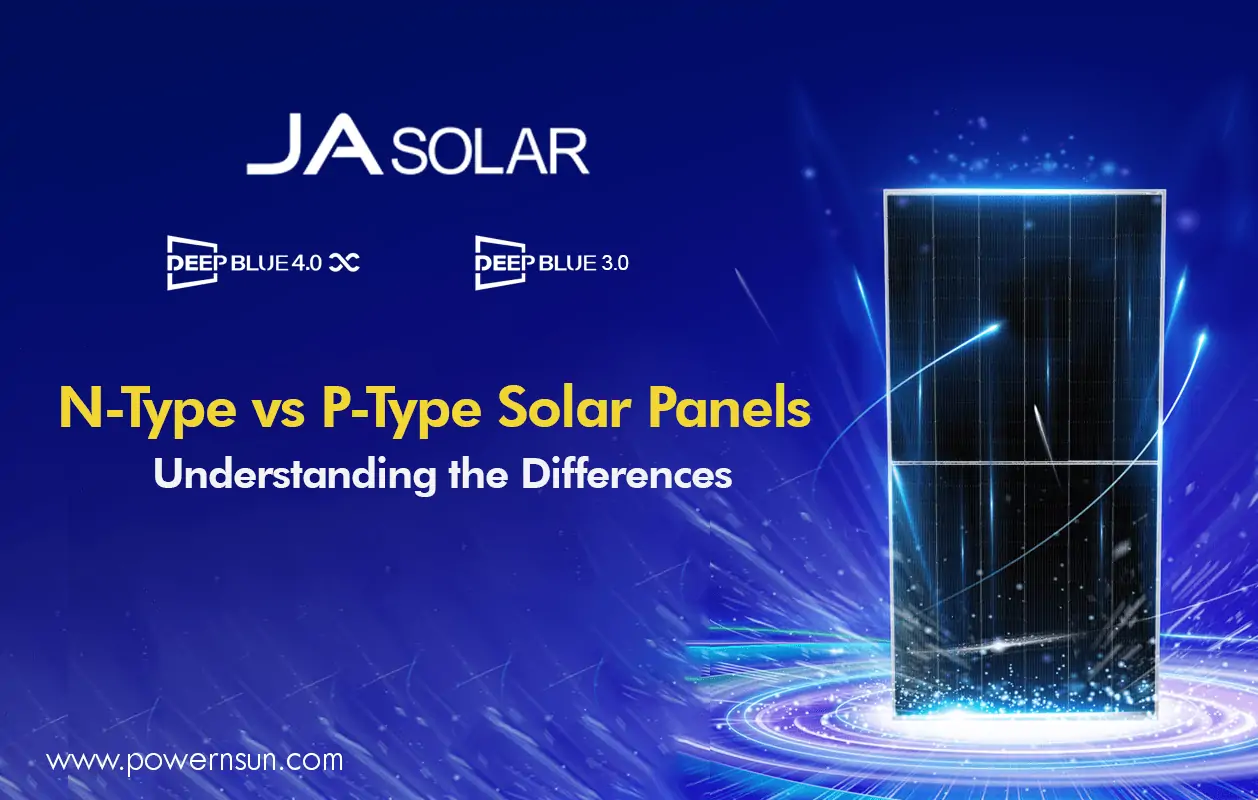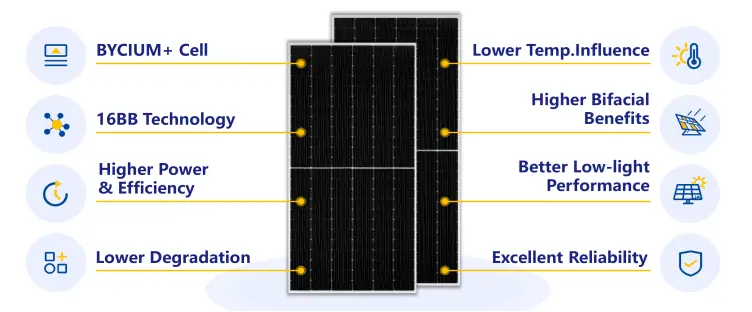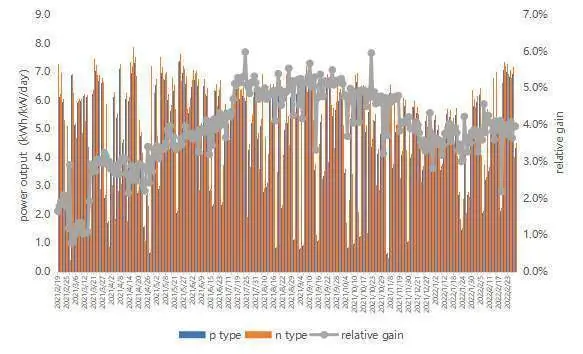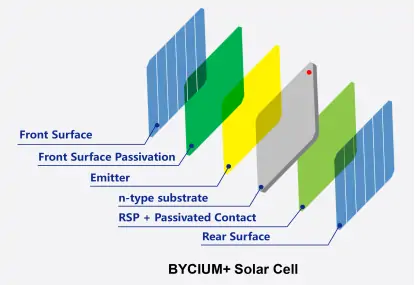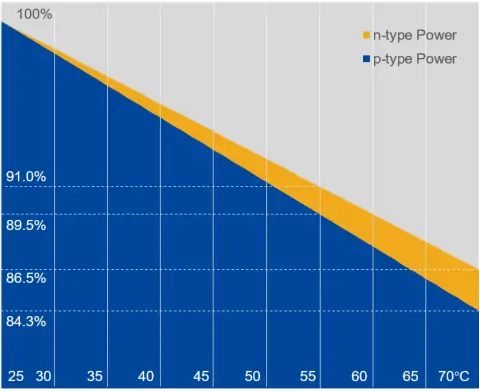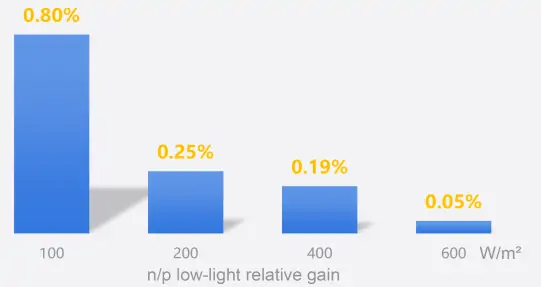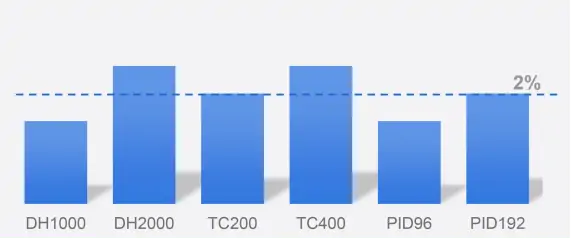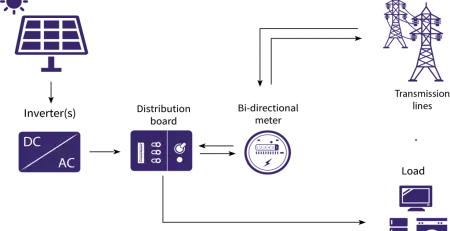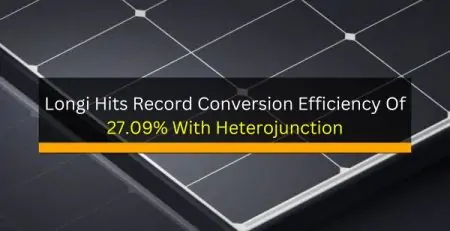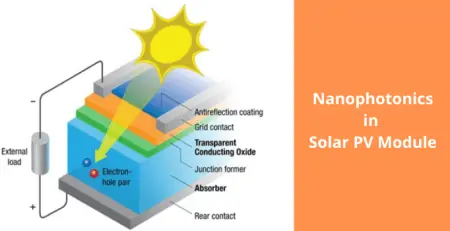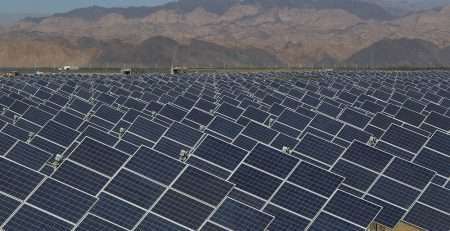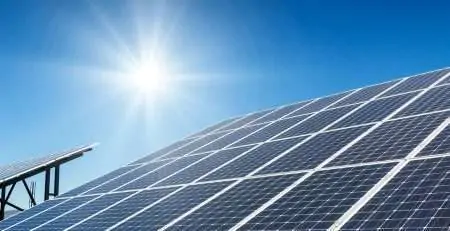JA Solar N-Type vs P-Type Solar Panels: Understanding the Differences
As the solar industry continues to grow, new technological advancements are being made to improve the efficiency and durability of solar panels. One such advancement is done by JA Solar in the development of N-type solar panels, which differ from traditional P-type solar panels in several key ways.
To understand the differences between P-type and N-type solar panels, it’s important to first understand how solar panels work. Solar panels are made up of several layers of semiconductor material, typically silicon. When sunlight hits the semiconductor, it causes electrons to be knocked loose from their atoms, creating a flow of electricity. This flow of electricity is harnessed by the solar panel and converted into usable electricity for homes and businesses.
P-type solar panels are the traditional type of solar panel and are made by doping silicon with boron or another element that has one less electron than silicon. This creates a “hole” in the semiconductor material, which can accept an electron from a neighboring atom. The flow of electrons and holes in the material creates an electric field, which separates the charges and creates a voltage.
N-type solar panels, on the other hand, are made by doping silicon with an element that has one more electron than silicon, such as phosphorus. This creates an excess of electrons in the material, which can move freely through the semiconductor. This makes N-type solar panels more efficient than P-type solar panels, as there are fewer defects in the material that can impede the flow of electrons.
JA Solar P-type and N-type Solar Panels
JA Solar’s Deep Blue series of solar panels are some of the most advanced and high-performing panels on the market. The company has released several different versions of the Deep Blue panel, including the Deep Blue 3.0 and the recent Deep Blue 4.0X.
JA Solar’s Deep Blue 3.0 P-type solar panels are available in several different models, including their JAM72S30 series, JAM78S30 series, JAM72D30 series, and JAM78D30 series. These panels have power outputs ranging from 425W to 590W, and efficiency ratings of up to 21%. They are designed for use in residential and commercial solar installations and are known for their reliability and durability.
JA Solar’s Deep Blue 4.0X N-type solar panels are available in two main series: the JAM54D40, JAM72D40 and JAM78D40 series. The JAM54D40 series is designed for use in residential and small commercial installations, while JAM72D40 and JAM78D40 series are designed for use in large-scale utility projects. These panels have power outputs ranging from 430W to 625W, and efficiency ratings of up to 22.4%. They are also known for their high durability and resistance to light-induced degradation.
Comparison of power generation performance
In the full-year test period, the energy yield performance of JA Solar n-type modules and the PERC modules are shown in Figure.
The average daily energy yield of these two modules was 5.03 kWh/kW and 4.84 kWh/kW respectively, with n-type modules surpassing the PERC modules by about 3.9%. The power generation capacity of PV modules depends on power degradation, temperature coefficient, low irradiance performance, operating temperature, bifacial generation performance, etc. While both types of modules are based on half-cut bifacial solar cells, the energy yield difference is mainly due to cell technology performance.
Regarding power degradation, due to the natural advantage of the n-type wafer for the LID-free and better LeTID performance compared to conventional PERC cells, JA Solar provides a 30-year linear power output warranty with less than 1% degradation in the first year and less than 0.4% annual degradation in the following years. Calculations show a power generation gain in the service lifetime to be up to 1.8% and first-year degradation data shows a power gain of up to 1%.
Advantage of JA Solar’s Deep Blue 4.0X N-type solar panels
BYCIUM+ High-efficiency solar cells
Based on n-type M10 Si wafer
Passivated contact
Minority-carrier recombination is suppressed.
Higher Voc – 720mV
Higher efficiency – 24.8%
Lower Temperature Coefficient
α_Isc +0.046%/°C
β_Voc -0.260%/°C
γ_Pmp -0.300%/°C
Temperature coefficient of Pmax down to -0.3%/°C, better than -0.35%/°C of conventional p-type modules.
Better Low-light Performance
Lower internal resistance, Higher minority carrier lifetime
• Better low-light performance
• Extra 0.2% energy gain in the morning or evening
Reliable Bifacial
10% higher than p-type
Bifacial gain is 0.9% higher (suppose 10% irradiation at the back side)
Excellent Reliability
Module reliability is commonly verified by accelerated aging tests in the laboratory. Deep Blue 4.0 X modules have excellent reliability like all the modules in the Deep Blue series. The Deep Blue 4.0 X modules have passed the standard aging test and intensified aging test to meet IEC standard requirements and exemplify the module’s outstanding performance.
Conclusion
In terms of performance, JA Deep Blue 4.0X N-type solar panels have several advantages over JA solar P-type solar panels. They are more efficient, more durable, and have a lower temperature coefficient, meaning they are less affected by changes in temperature. They also perform better in low-light conditions, making them a good choice for areas with less sunlight. As the technology continues to improve and becomes more affordable, we can expect to see more JA Deep Blue 4.0X N-type solar panels on rooftops and in solar farms around the world.

